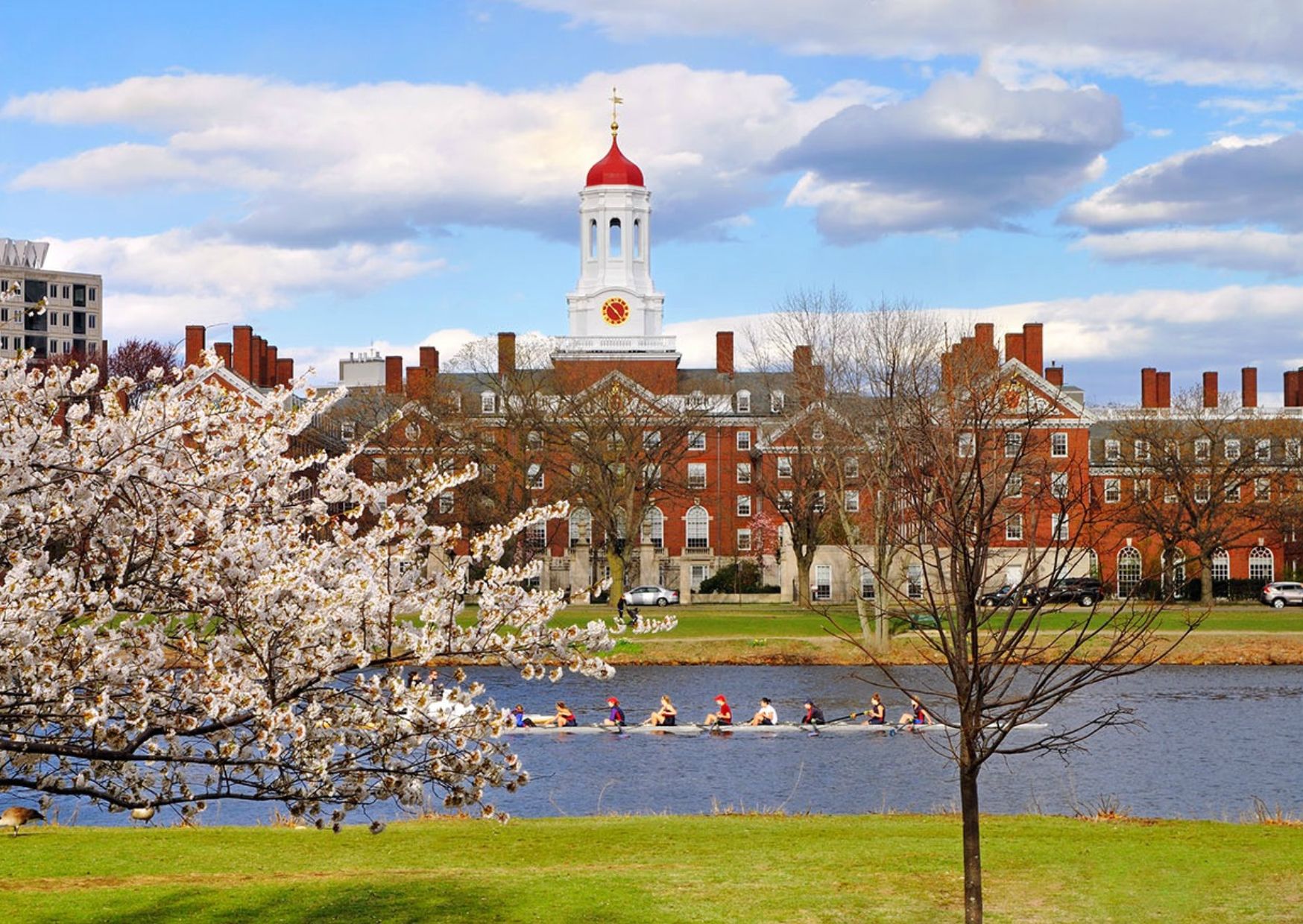
Starting in the 2025-2026 academic year, students from families earning up to $200,000 a year won’t pay a dime in tuition. And if your family makes less than $100,000, Harvard will cover not just tuition but also housing, food, and other expenses. In other words, for many, a Harvard education just became completely free.
Harvard President Alan Garber believes this move isn’t just about affordability—it’s about diversity.
“Putting Harvard within financial reach for more individuals widens the array of backgrounds, experiences, and perspectives that all of our students encounter,” Garber said in a statement. “By bringing people of outstanding promise together to learn with and from one another, we truly realize the tremendous potential of the University.”
According to the university, this policy means that nearly 90% of U.S. families with accepted students will qualify for some form of financial aid—a major shift in accessibility for one of the world’s most prestigious institutions.
Hopi Hoekstra, Dean of the Faculty of Arts and Sciences, echoed this sentiment, saying that Harvard is committed to ensuring that talented students, regardless of financial background, can pursue their academic passions and change the world.
While Harvard’s announcement is making waves, Robert Kelchen, a professor at the University of Tennessee, notes that other flagship universities have rolled out similar tuition-free programs. But Harvard’s policy is unique in how far up the income scale it reaches.
“They also have more money than anyone else,” Kelchen said, adding that the move comes at a time when elite universities are under increasing political and public scrutiny.
Still, with rising college costs and growing scepticism about the value of a degree, this move signals Harvard’s determination to stay ahead of the curve and continue attracting top students from all economic backgrounds.
On Harvard’s campus, the response has been overwhelmingly positive.
“It’s really great what they are doing—making college more accessible to everyone, especially those who may not think about Harvard as an option,” said Skye Lam, a 20-year-old undergraduate from New York City.
For Kaine Bivens, an 18-year-old physics and astrophysics student from Texas who already receives full aid, the expansion of Harvard’s financial aid policy is a game-changer.
“More kids are given an opportunity for an education,” Bivens said. “A lot of times, cost is the reason that kids can’t go to college, so it’s really good that Harvard is trying its best to give people opportunities who need it.”
Harvard isn’t alone in making college more affordable.
- MIT announced that starting this fall, students from families earning under $200,000 will also attend tuition-free.
- UMass is covering full tuition for Massachusetts students from families making up to $75,000.
- The University of Michigan followed suit in December, offering free tuition to in-state students whose families earn up to $125,000.
With private college tuition costs rising by 4% over the past decade, this shift signals a growing effort to bridge the affordability gap in higher education.
If you ever thought Harvard (or other elite schools) was out of reach, it might be time to rethink that. With tuition-free programs expanding across top universities, the message is clear: talent matters more than your bank account.
So, if you’ve got the grades, the passion, and the drive—Harvard might just have a spot (and a full ride) waiting for you.
